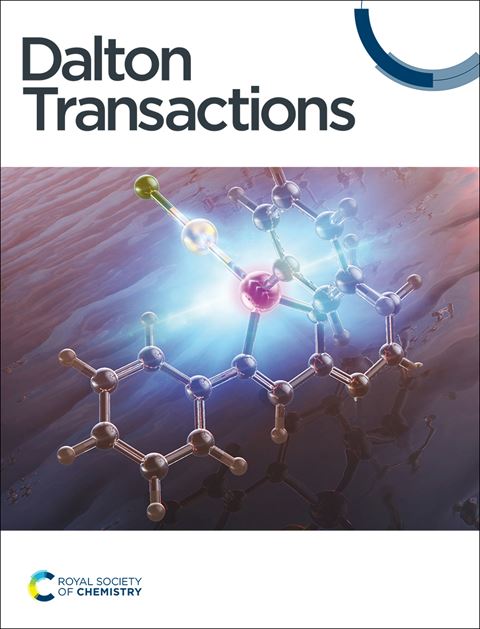Development of six-membered saturated cyclic diaminocarbene in main-group chemistry
IF 3.5
3区 化学
Q2 CHEMISTRY, INORGANIC & NUCLEAR
引用次数: 0
Abstract
In recent years, there has been a remarkable surge in the utilization of saturated N-heterocyclic carbenes (NHCs) as ligands in main group chemistry. While the field has predominantly focused on five-membered NHCs and cyclic alkyl(amino)carbene (CAAC) ligands, the investigation of six-membered NHCs (6-NHC) has only just begun. Despite possessing higher nucleophilicity than their five-membered counterparts, 6-NHCs have been less explored due to their lack of structural rigidity. This feature article aims to highlight recent developments of 6-NHCs in only main group chemistry. Exciting new studies have demonstrated the clean activation of B-H bonds in HBpin, ring expansion from a six-membered to a seven-membered ring at ambient conditions, and the stabilization of transient units "H-B=O" and "(OH)B=O," among other intriguing phenomena. A major focus of this review is on synthetic approaches to 6-NHC-stabilized main-group compounds, and their unusual properties, as revealed through spectroscopic and crystallographic data. While the chemistry of 6-NHC is still in its nascent stage, the findings presented in this feature article underscore the need for its exploration and further investigation. Furthermore, this review provides valuable insights into meaningful synthetic methods for creating new 6-NHC·main group (B, Al, Si, P, Zn, etc.) complexes, along with mechanistic explanations for some of these reactions. These advances hold great promise for the future development of this exciting and rapidly evolving field of N-heterocyclic chemistry.求助全文
约1分钟内获得全文
求助全文
来源期刊

Dalton Transactions
化学-无机化学与核化学
CiteScore
6.60
自引率
7.50%
发文量
1832
审稿时长
1.5 months
期刊介绍:
Dalton Transactions is a journal for all areas of inorganic chemistry, which encompasses the organometallic, bioinorganic and materials chemistry of the elements, with applications including synthesis, catalysis, energy conversion/storage, electrical devices and medicine. Dalton Transactions welcomes high-quality, original submissions in all of these areas and more, where the advancement of knowledge in inorganic chemistry is significant.
 求助内容:
求助内容: 应助结果提醒方式:
应助结果提醒方式:


